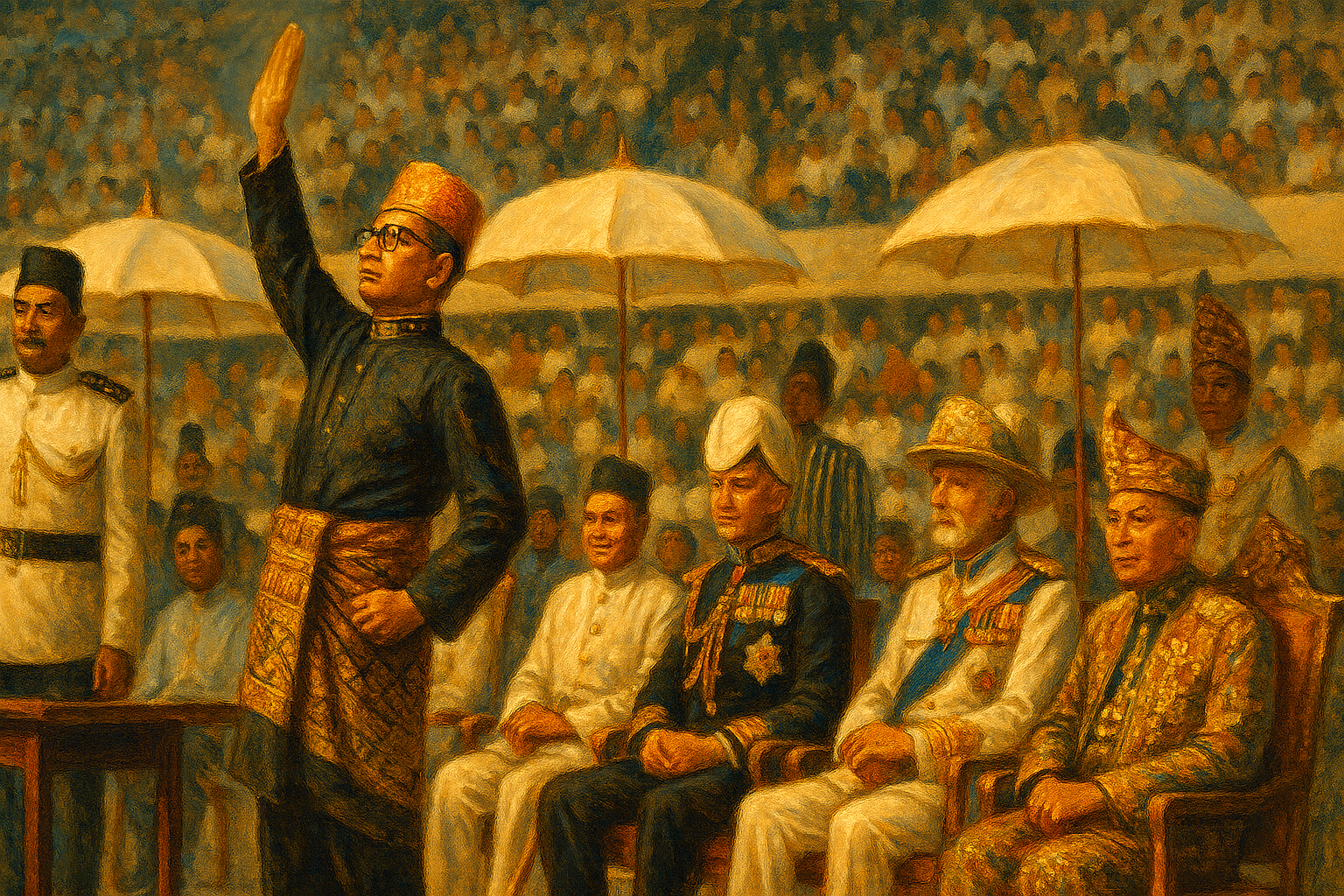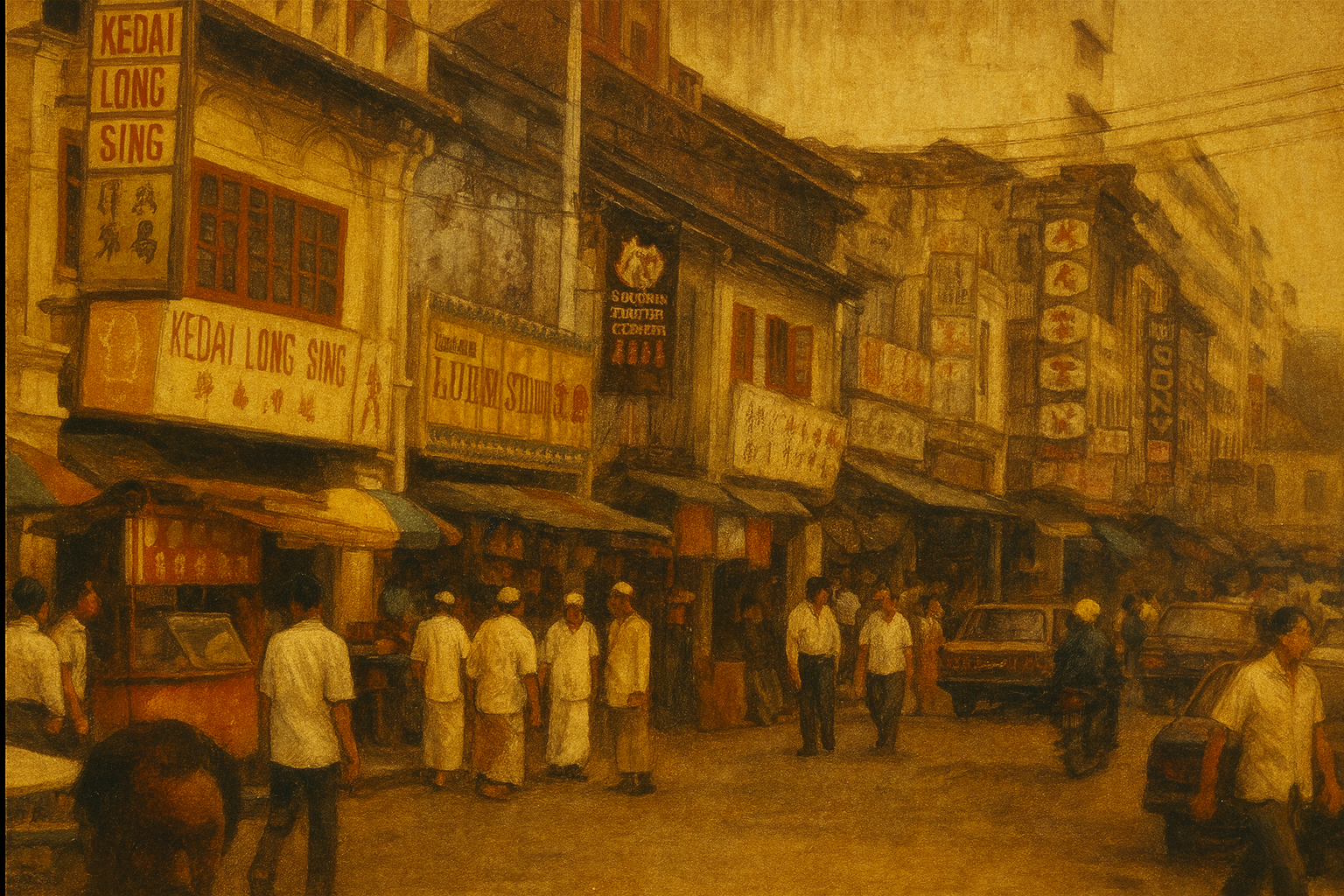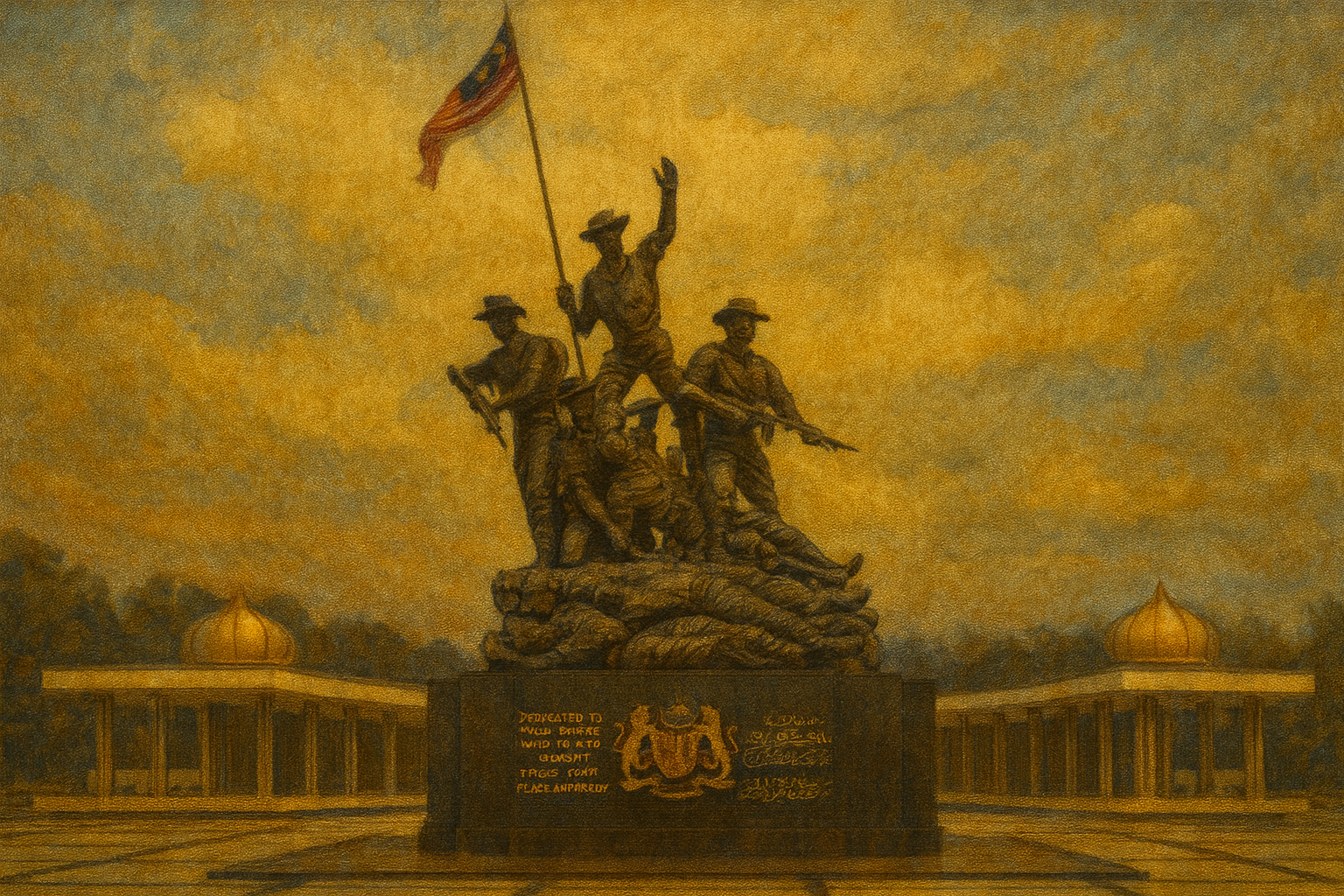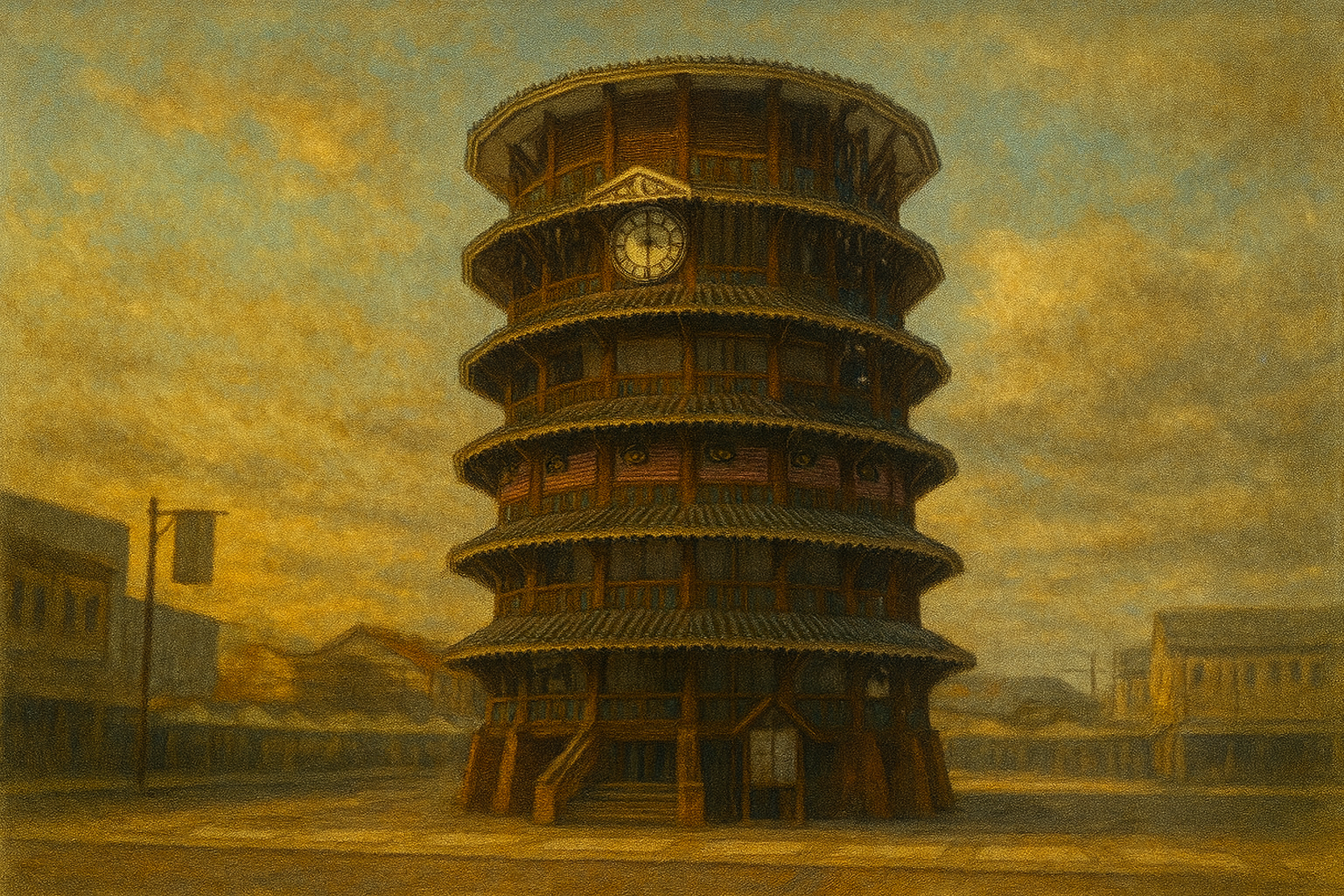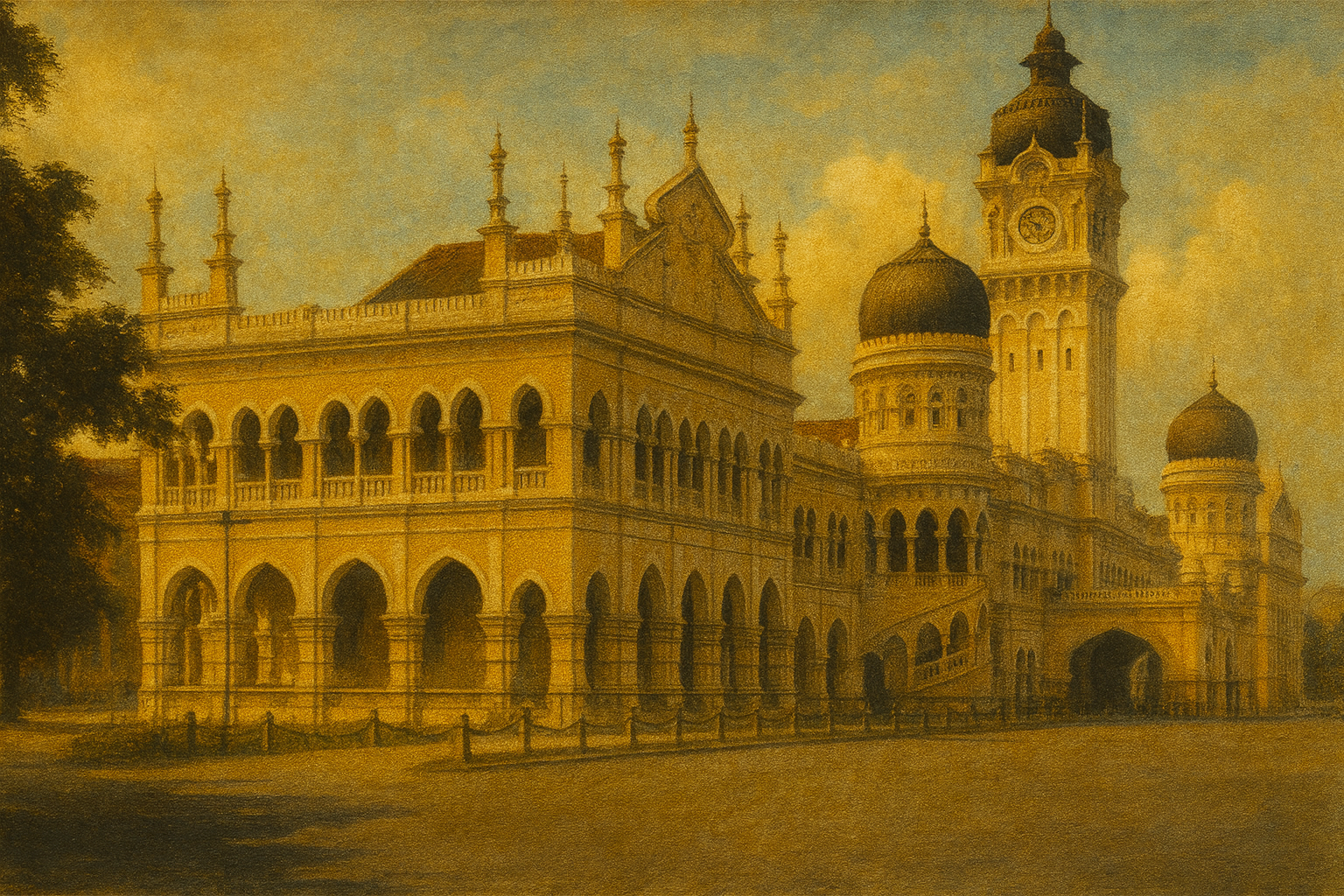1956



| Currency Rate to USD | 3.06 |
| GDP Per Capita (USD) | 245 |
| Population (millions) | 6.09 |
| Nasi Lemak Price | 15 cents |
| Teh Tarik Price | 5 cents |
| Urban Population Percentage | 22% |
Formation of Malaysia Era
For everyday folks in Malaya/Malaysia, this era was full of hope, political energy, and uncertainty. The lead-up to Merdeka (Independence) meant rising political organisation, negotiations, debates about citizenship, race, language.
Malayan Emergency Era
Life during the Emergency meant fear, disruption, and deep divisions. For many rural folks, night-raids, curfews, food scarcity, and forced relocations (into “New Villages”) came with the insurgency.
Cold War
After WWII, the world splits into blocs—capitalist West led by U.S., communist East led by USSR. People everywhere feel the pressure: fear of nuclear annihilation, propaganda, ideological influence in media and education, proxy wars in Asia, Africa and Latin America.
Signing of the Treaty of London (1956)
The signing of the Treaty of London on 8 February 1956 marked a pivotal moment in Malaysia's journey toward independence, formalizing the British commitment to grant self-governance to the Federation of Malaya and paving the way for sovereignty on 31 August 1957.

Tunku Abdul Rahman's Announcement of Malaya's Independence Date, February 1956
On 21 February 1956, Tunku Abdul Rahman publicly announced that the Federation of Malaya would achieve independence from British rule on 31 August 1957, following successful negotiations in London.
Establishment of the Reid Commission
The establishment of the Reid Commission in March 1956 was a crucial step in the Federation of Malaya's path to independence, appointing an independent body to draft a constitution that balanced federalism, ethnic diversity, and the special position of Malays.

Establishment of the Rural and Industrial Development Authority (RIDA) Training Centre, 1956
The RIDA Training Centre, established in November 1956 in Petaling Jaya, Selangor, represented a key initiative to provide education and skills training to rural Malays, supporting economic development and bumiputera empowerment in pre-independence Malaya.

Establishment of Dewan Bahasa dan Pustaka
The establishment of Dewan Bahasa dan Pustaka (DBP), the Institute of Language and Literature, on 22 June 1956 in Johor Bahru, represented a crucial step in standardizing and promoting the Malay language as Malaya transitioned toward independence, fostering national identity through linguistic unity.
Pipeline Ambush, Malayan Emergency
The Pipeline Ambush on 22 June 1956 was one of the deadliest engagements for Australian forces during the Malayan Emergency, a guerrilla war against communist insurgents in Malaya.
_-_Small.png)
Establishment of the Federal Land Development Authority (FELDA)
The Federal Land Development Authority (FELDA) was established on 1 July 1956 through the Land Development Act, initiating a major rural resettlement program in the Federation of Malaya to combat poverty among landless Malays, modernize agriculture, and promote economic equity in the lead-up to independence.
Formation of the Malayan Party
On 24 October 1956, the Malayan Party was established in Malacca by Tan Gee Gak, a former MCA member, in response to ethnic tensions and concerns over the Reid Commission's constitutional proposals ahead of Malaya's independence.
Malaya's Participation in the 1956 Summer Olympics
The Federation of Malaya debuted at the 1956 Summer Olympics in Melbourne, Australia, sending a team of 32 athletes to compete in athletics, field hockey, shooting, swimming, and weightlifting.

